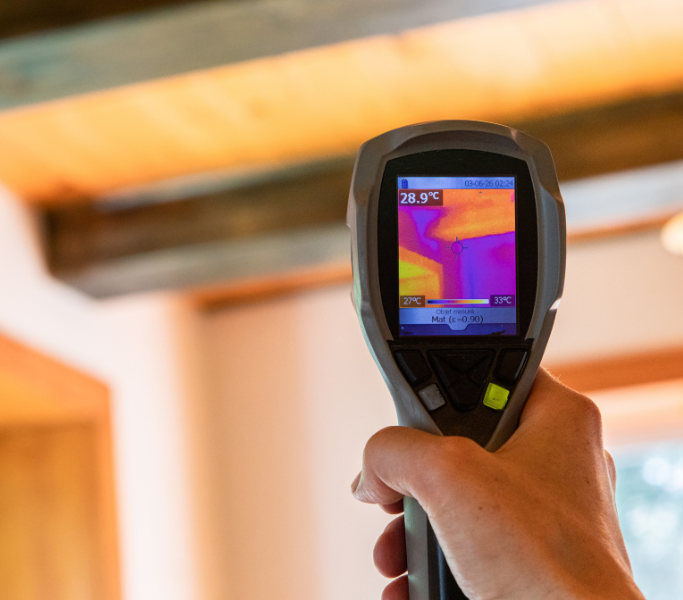
The air quality inside buildings plays a crucial role in occupants’ health, comfort, and productivity. Poor indoor air quality (IAQ) can lead to various health issues, ranging from mild discomfort to serious respiratory conditions, affecting overall well-being and performance. At T&T Occupational Health & Safety, we provide comprehensive IAQ assessments and solutions, helping create healthy indoor environments by addressing pollutants, humidity, ventilation, and other key factors influencing air quality.
Indoor air quality refers to the air condition within and around buildings, particularly concerning the health and comfort of the occupants. Various factors influence IAQ, including the presence of airborne pollutants, the level of humidity, and the effectiveness of ventilation systems. Poor IAQ can result from various sources, including chemical emissions from building materials, inadequate ventilation, or the buildup of contaminants such as dust, mould, and bacteria.
Proper IAQ management is essential for maintaining a safe and healthy indoor environment, especially in workplaces, schools, healthcare facilities, and homes. A thorough IAQ assessment can help identify potential problems and guide the implementation of solutions to address them.

The importance of indoor air quality cannot be overstated, as it directly impacts both short-term and long-term health. Poor IAQ can cause various issues, from discomfort and allergic reactions to serious respiratory conditions. Key reasons why maintaining good IAQ is essential include:
Several key factors contribute to indoor air quality; understanding these can help identify the source of any issues and develop appropriate solutions. The primary factors include:
At T&T Occupational Health & Safety, we provide comprehensive IAQ assessments that evaluate the factors impacting indoor air quality. Our certified professionals use state-of-the-art equipment and techniques to measure pollutants, humidity, temperature, and ventilation effectiveness. Here’s what our IAQ assessment process includes:
Indoor air quality assessments are beneficial in various situations, particularly in environments where air quality can impact health, productivity, or comfort. Some common reasons to conduct an IAQ assessment include:
At T&T Occupational Health & Safety, we are dedicated to helping you create and maintain healthy indoor environments through our comprehensive IAQ services. From air quality testing and ventilation evaluations to tailored solutions for improving IAQ, we offer the expertise and support you need to ensure your building meets the highest air quality standards.
Our team is committed to protecting the health and well-being of your occupants by providing accurate assessments and effective solutions. Contact us today to schedule your IAQ assessment and take the first step toward a cleaner, healthier indoor environment.